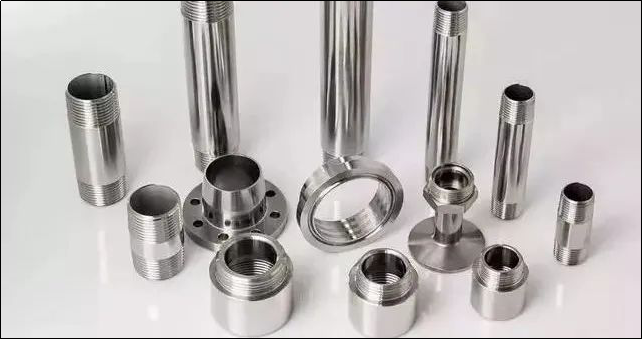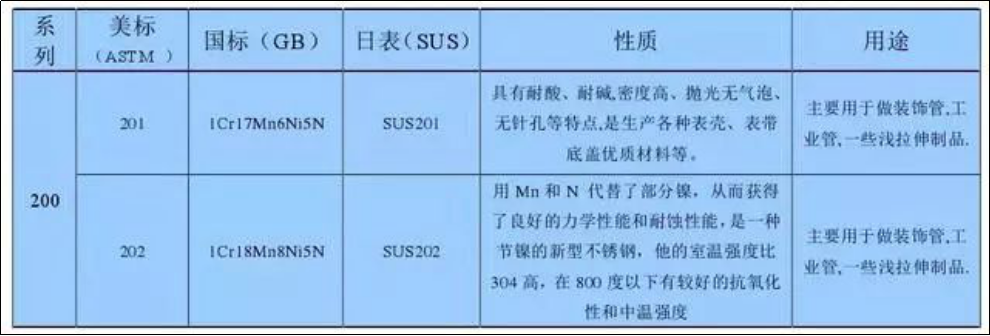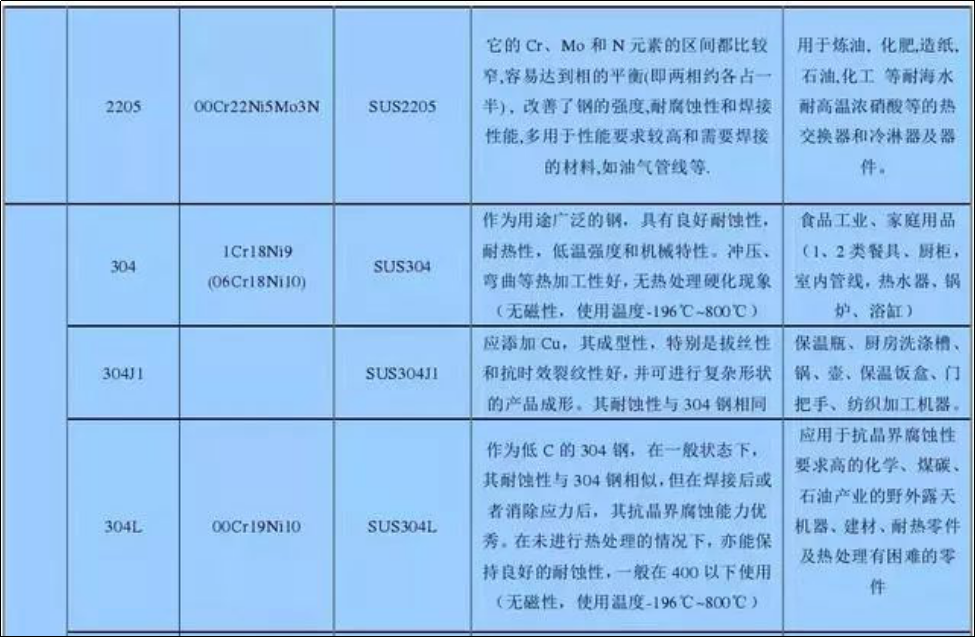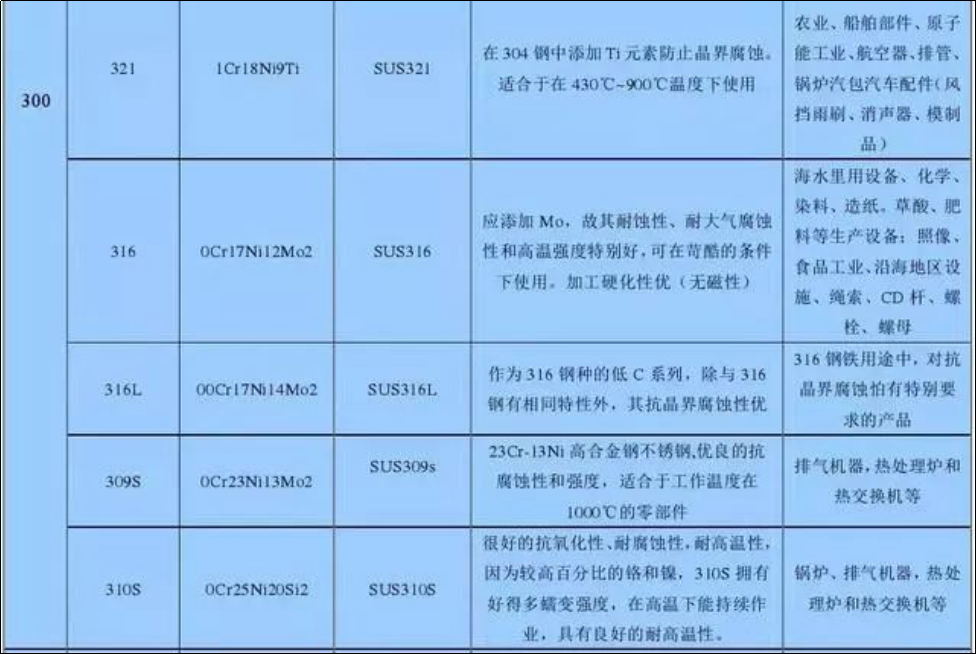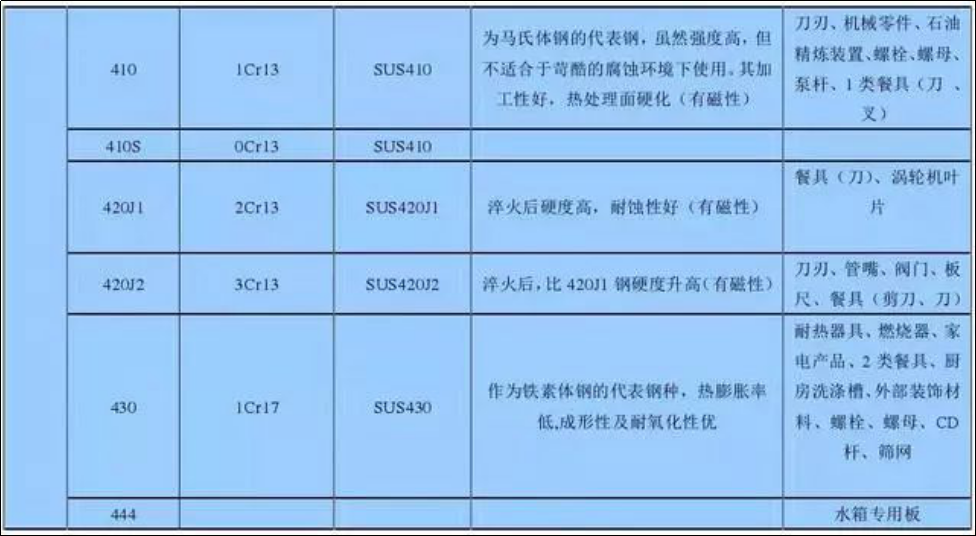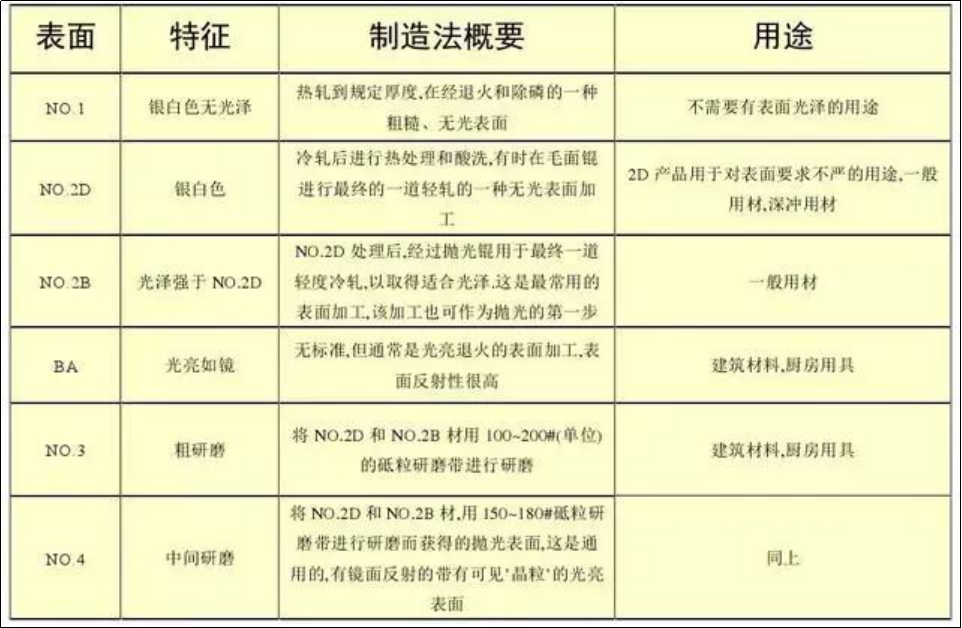Stainless steel of CNC Machining Parts is one of the most common steel materials in instrument work. Understanding stainless steel knowledge will help instrument operators better master instrument selection and use.
Stainless Steel is the abbreviation of stainless steel and acid resistant steel. The steel that is resistant to weak corrosion media such as air, steam and water or has stainless property is called stainless steel; The steel that is resistant to chemical corrosion medium (acid, alkali, salt and other chemical etching) is called acid resistant steel.
Stainless steel refers to steel that is resistant to weak corrosion media such as air, steam and water and chemical etching media such as acid, alkali and salt, also known as stainless acid resistant steel. In practical applications, steel resistant to weak corrosion medium is often called stainless steel, while steel resistant to chemical medium is called acid resistant steel. Due to the difference in chemical composition between the two, the former is not necessarily resistant to chemical medium corrosion, while the latter is generally stainless. The corrosion resistance of stainless steel depends on the alloy elements contained in the steel.
Common classification
Generally, it is divided into:
Generally, according to the metallographic structure, ordinary stainless steels are divided into three types: austenitic stainless steels, ferritic stainless steels and martensitic stainless steels. On the basis of these three basic metallographic structures, dual phase steel, precipitation hardening stainless steel and high alloy steel with iron content less than 50% have been derived for specific needs and purposes.
1. Austenitic stainless steel.
The matrix is mainly austenitic structure (CY phase) with face centered cubic crystal structure, which is nonmagnetic, and is mainly strengthened (and may lead to certain magnetism) by cold working. The American Iron and Steel Institute is indicated by 200 and 300 series numbers, such as 304.
2. Ferritic stainless steel.
The matrix is mainly ferrite structure (phase a) with body centered cubic crystal structure, which is magnetic, and generally cannot be hardened by heat treatment, but can be slightly strengthened by cold working. The American Iron and Steel Institute is marked 430 and 446.
3. Martensitic stainless steel.
The matrix is martensitic structure (body centered cubic or cubic), magnetic, and its mechanical properties can be adjusted through heat treatment. The American Iron and Steel Institute is indicated by the numbers 410, 420, and 440. Martensite has austenitic structure at high temperature. When it is cooled to room temperature at an appropriate rate, the austenitic structure can be transformed into martensite (i.e., hardened).
4. Austenitic ferritic (duplex) stainless steel.
The matrix has both austenite and ferrite two-phase structures, and the content of less phase matrix is generally more than 15%, which is magnetic and can be strengthened by cold working. 329 is a typical duplex stainless steel. Compared with austenitic stainless steel, dual phase steel has higher strength, and its resistance to intergranular corrosion, chloride stress corrosion and pitting corrosion has been significantly improved.
5. Precipitation hardening stainless steel.
Stainless steel whose matrix is austenitic or martensitic and can be hardened by precipitation hardening treatment. The American Iron and Steel Institute is marked with 600 series numbers, such as 630, i.e. 17-4PH.
Generally speaking, except for alloy, austenitic stainless steel has excellent corrosion resistance. Ferritic stainless steel can be used in the environment with low corrosion. In the environment with mild corrosion, martensitic stainless steel and precipitation hardening stainless steel can be used if the material is required to have high strength or hardness.
Characteristics and purpose
Surface technology
Thickness differentiation
1. Because in the rolling process of the steel plant machinery, the roll is slightly deformed due to heating, resulting in a deviation in the thickness of the rolled plate. Generally, the middle thickness is thin on both sides. When measuring the thickness of the plate, the central part of the plate head shall be measured according to national regulations.
2. Tolerance is generally divided into large tolerance and small tolerance according to market and customer demand:
For example
Commonly used stainless steel grades and properties of instruments
1. 304 stainless steel. It is one of the most widely used austenitic stainless steels with a large amount of applications. It is suitable for manufacturing deep drawing formed parts, acid transmission pipes, vessels, structural parts, various instrument bodies, etc., as well as non-magnetic and low-temperature equipment and components.
2. 304L stainless steel. The ultra-low carbon austenitic stainless steel developed to solve the serious intergranular corrosion tendency of 304 stainless steel caused by Cr23C6 precipitation under some conditions, its sensitized intergranular corrosion resistance is significantly better than 304 stainless steel. Except for lower strength, other properties are the same as 321 stainless steel. It is mainly used for corrosion resistant equipment and parts that need welding but cannot be solution treated, and can be used to manufacture various instrument bodies.
3. 304H stainless steel. For the internal branch of 304 stainless steel, the carbon mass fraction is 0.04% – 0.10%, and the high temperature performance is superior to 304 stainless steel.
4. 316 stainless steel. The addition of molybdenum on the basis of 10Cr18Ni12 steel makes the steel have good resistance to reducing medium and pitting corrosion. In seawater and other media, the corrosion resistance is superior to 304 stainless steel, mainly used for pitting corrosion resistant materials.
5. 316L stainless steel. Ultra low carbon steel, with good resistance to sensitized intergranular corrosion, is suitable for manufacturing thick section size welding parts and equipment, such as anti-corrosion materials in petrochemical equipment.
6. 316H stainless steel. For the internal branch of 316 stainless steel, the carbon mass fraction is 0.04% – 0.10%, and the high temperature performance is superior to that of 316 stainless steel.
7. 317 stainless steel. The resistance to pitting corrosion and creep is superior to 316L stainless steel. It is used to manufacture petrochemical and organic acid resistant equipment.
8. 321 stainless steel. Titanium stabilized austenitic stainless steel can be replaced by ultra-low carbon austenitic stainless steel because of its improved intergranular corrosion resistance and good high temperature mechanical properties. Except for special occasions such as high temperature or hydrogen corrosion resistance, it is generally not recommended to use.
9. 347 stainless steel. Niobium stabilized austenitic stainless steel. The addition of niobium improves the intergranular corrosion resistance. Its corrosion resistance in acid, alkali, salt and other corrosive media is the same as 321 stainless steel. With good welding performance, it can be used as both corrosion resistant material and heat resistant steel. It is mainly used in thermal power and petrochemical fields, such as making vessels, pipes, heat exchangers, shafts, furnace tubes in industrial furnaces, and furnace tube thermometers.
10. 904L stainless steel. Super complete austenitic stainless steel is a super austenitic stainless steel invented by OUTOKUMPU Company of Finland. Its nickel mass fraction is 24% – 26%, and carbon mass fraction is less than 0.02%. It has excellent corrosion resistance. It has good corrosion resistance in non oxidizing acids such as sulfuric acid, acetic acid, formic acid and phosphoric acid, as well as good resistance to crevice corrosion and stress corrosion. It is applicable to various concentrations of sulfuric acid below 70 ℃, and has good corrosion resistance to acetic acid of any concentration and temperature under normal pressure and to mixed acid of formic acid and acetic acid. The original standard ASMESB-625 classified it as nickel base alloy, and the new standard classified it as stainless steel. In China, there is only a similar brand of 015Cr19Ni26Mo5Cu2 steel. A few European instrument manufacturers use 904L stainless steel as the key material. For example, the measuring tube of E+H mass flowmeter uses 904L stainless steel, and the case of Rolex watches also uses 904L stainless steel.
11. 440C stainless steel. The hardness of martensitic stainless steel, hardenable stainless steel and stainless steel is the highest, and the hardness is HRC57. It is mainly used to make nozzles, bearings, valve cores, valve seats, sleeves, valve stems, etc.
12. 17-4PH stainless steel. Martensitic precipitation hardening stainless steel, with hardness of HRC44, has high strength, hardness and corrosion resistance, and cannot be used at temperatures higher than 300 ℃. It has good corrosion resistance to atmosphere and diluted acid or salt. Its corrosion resistance is the same as 304 stainless steel and 430 stainless steel. It is used to manufacture CNC Machining Parts, turbine blades, valve cores, valve seats, sleeves, valve stems, etc.
In the instrument profession, in combination with universality and cost issues, the conventional selection order of austenitic stainless steel is 304-304L-316-316L-317-321-347-904L stainless steel, of which 317 is less used, 321 is not recommended, 347 is used for high temperature corrosion resistance, 904L is the default material for some components of individual manufacturers, and 904L is not actively selected in the design.
In the design and selection of instruments, there are usually occasions where the instrument material is different from the pipe material, especially in the high temperature working condition, special attention should be paid to whether the instrument material selection meets the design temperature and design pressure of process equipment or pipes. For example, the pipe is high temperature chromium molybdenum steel, while the instrument is stainless steel. In this case, problems are likely to occur, and you must consult the temperature and pressure gauge of relevant materials.
In the process of instrument design and type selection, we often encounter stainless steel of different systems, series and brands. When selecting the type, we should consider problems from multiple perspectives such as specific process media, temperature, pressure, stressed parts, corrosion and cost.
Post time: Oct-17-2022

